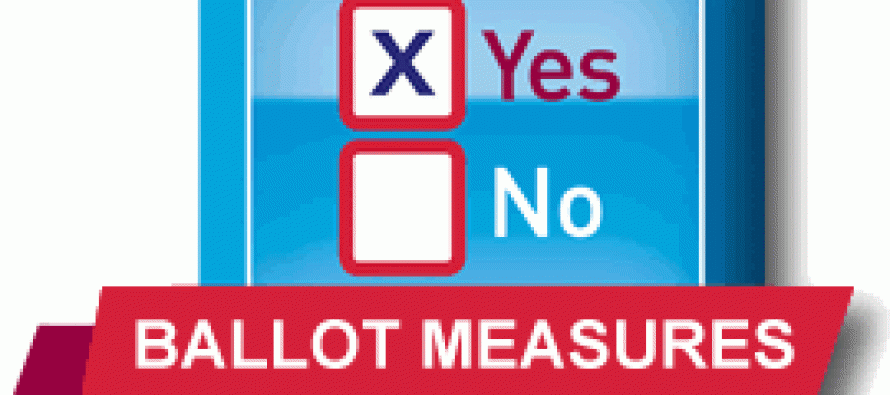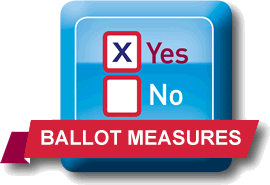2014’s low turnout eases path for 2016 tenure, pension ballot measures

 Rick Claussen, Ned Wigglesworth, and Aaron McLear of the Redwood Pacific consulting group have released an interesting memo that is good news for those considering taking on public employee unions in 2016 with ballot measures putting limits on government pensions or scrapping state laws allowing teachers to receive lifetime tenure after less than two years on the job.
Rick Claussen, Ned Wigglesworth, and Aaron McLear of the Redwood Pacific consulting group have released an interesting memo that is good news for those considering taking on public employee unions in 2016 with ballot measures putting limits on government pensions or scrapping state laws allowing teachers to receive lifetime tenure after less than two years on the job.
The historically low turnout in the 2014 general election will dramatically lower the number of signatures required to qualify ballot initiatives in 2016. As of November 17, turnout was at 40.1%, far surpassing the previous low mark of 50.6% in 2002.
Article II of the state Constitution dictates that the number of signatures required to qualify a ballot initiative is based on participation in the previous gubernatorial election – currently at 6.9 million votes with some outstanding ballots yet to count.
There are other factors playing into 2016’s initiative landscape:
1) With the passage of SB 202 in 2011, all initiatives and referenda are pushed to November general elections every two years
2) Democrats and independents are expected to be a larger percentage of the 2016 electorate, a speculation which could produce initiatives more favorable to that electorate
3) SB 1253 (2014) made several changes to the initiative process
- Extends the collection window from 150 days to 180 days
- Adds a 30 day public review period upon submission of a measure to the Attorney General for title and summary
- Requires notification to the Secretary of State immediately upon collection of 25% of the required signatures
- Requires a legislative informational hearing upon this notification
- Allows proponents to withdraw a qualified measure any time before 131 days before an election
Several factors can impact the cost of signature gathering, such as competition with other initiatives, timeline, and the subject of a measure. But the lower signature threshold and extended collection window very likely will make qualifying initiatives far less expensive than ever before, potentially producing a very long ballot in 2016.
In 2014, it took 807,615 valid signatures to get a proposed state constitutional amendment on the ballot. The Redwood officials expect that in 2016, it will only take 560,000.
In 2014, it took 504,760 valid signatures to get an initiative on the state ballot. It looks like it will only take 350,000 in 2016.
Of course, this relative ease in getting ballot measures before voters extends to potential measures from any political camp. But given unions’ increasing focus on monkey-wrenching signature gathering for ballot measures on causes they oppose, this could be especially helpful to those who back such causes — starting with pension and tenure reform.
Related Articles
Bill would allow AWOL state employees to keep jobs
SACRAMENTO — Imagine you miss work for five consecutive days and don’t call your supervisor to explain why. You probably
Don't Dis The Public Safety Unions
I heard a very disturbing story today on a Sacramento radio news program, leaving me to wonder what happened to
L.A. Times finally admits L.A. facing broad decline
Feb. 24, 2013 By Chris Reed As someone who’s lived in Southern California since 1990, it’s been pretty obvious to



